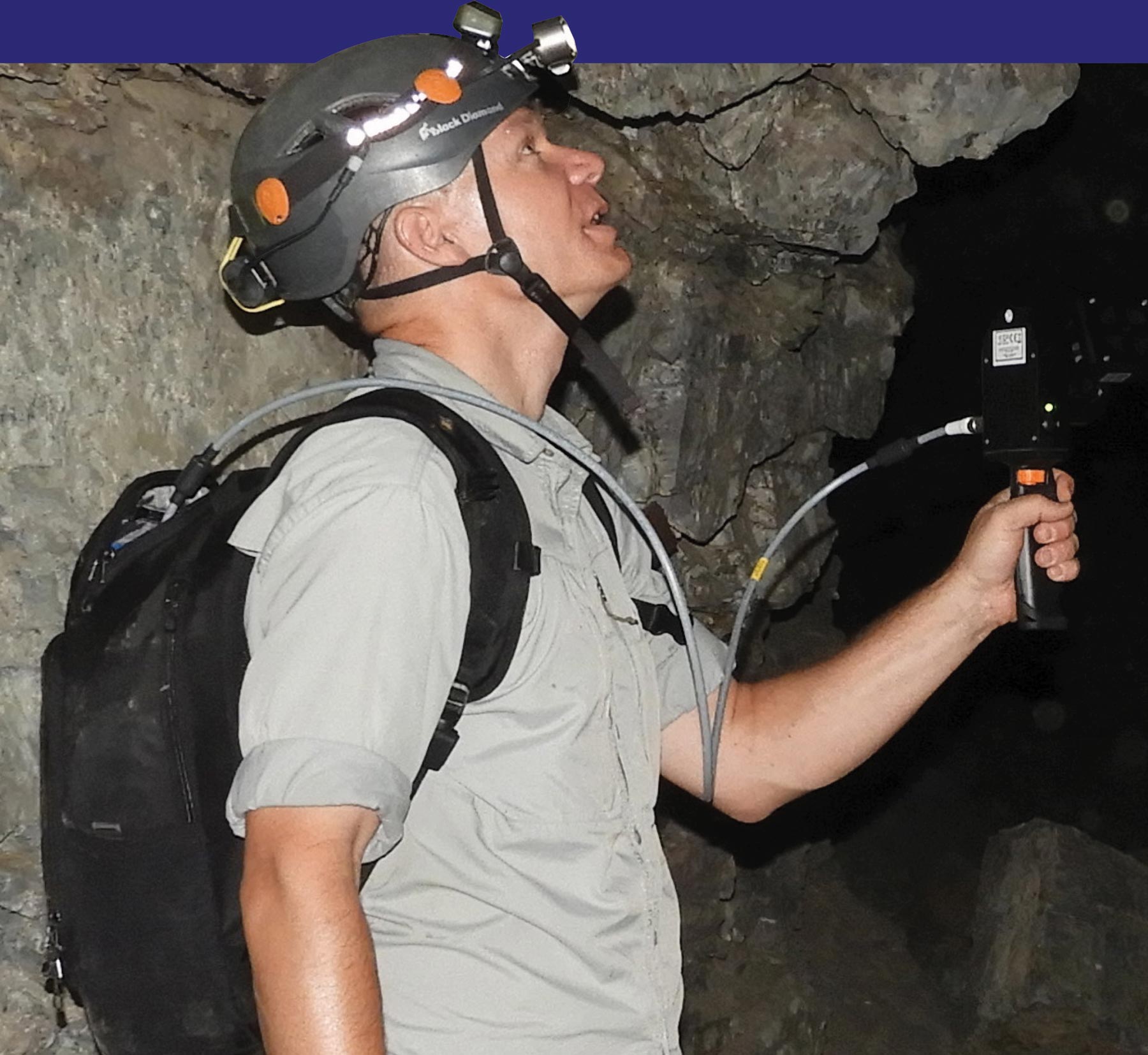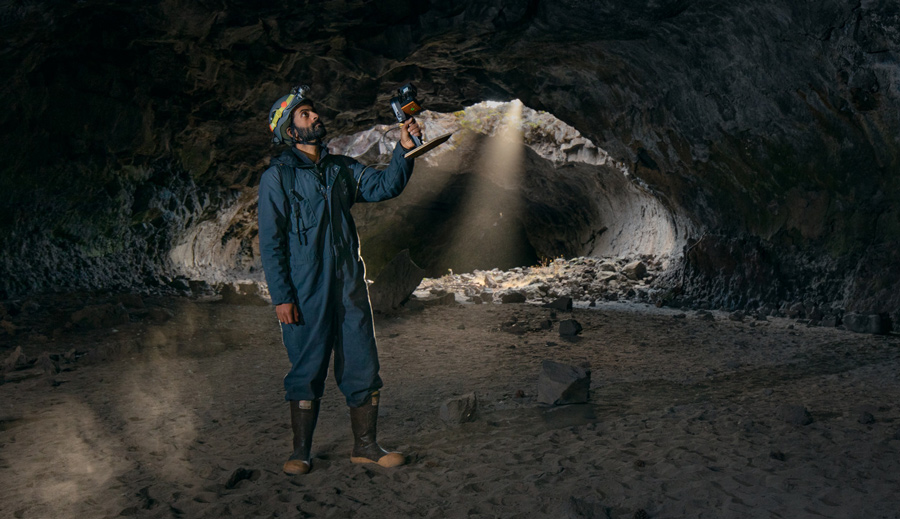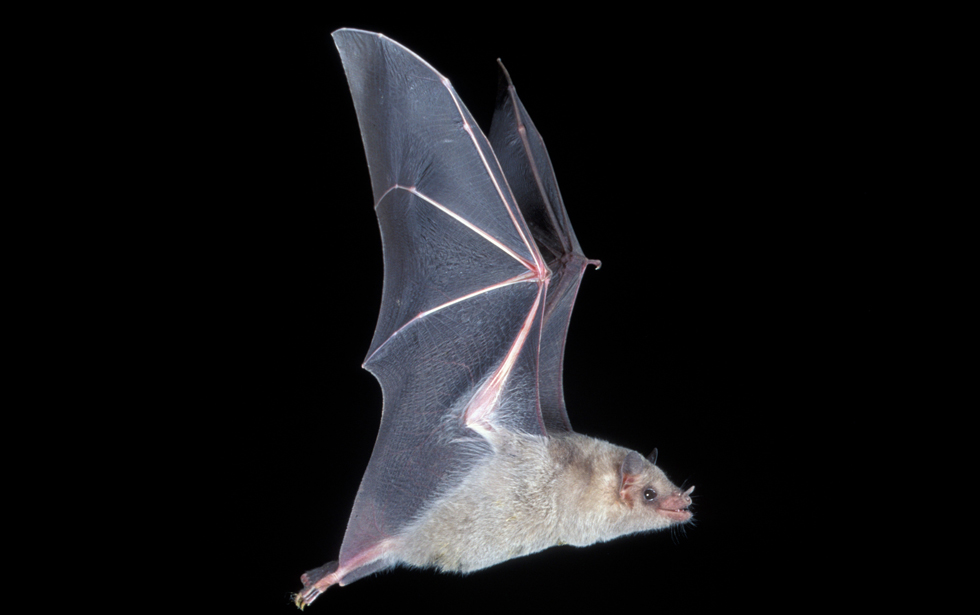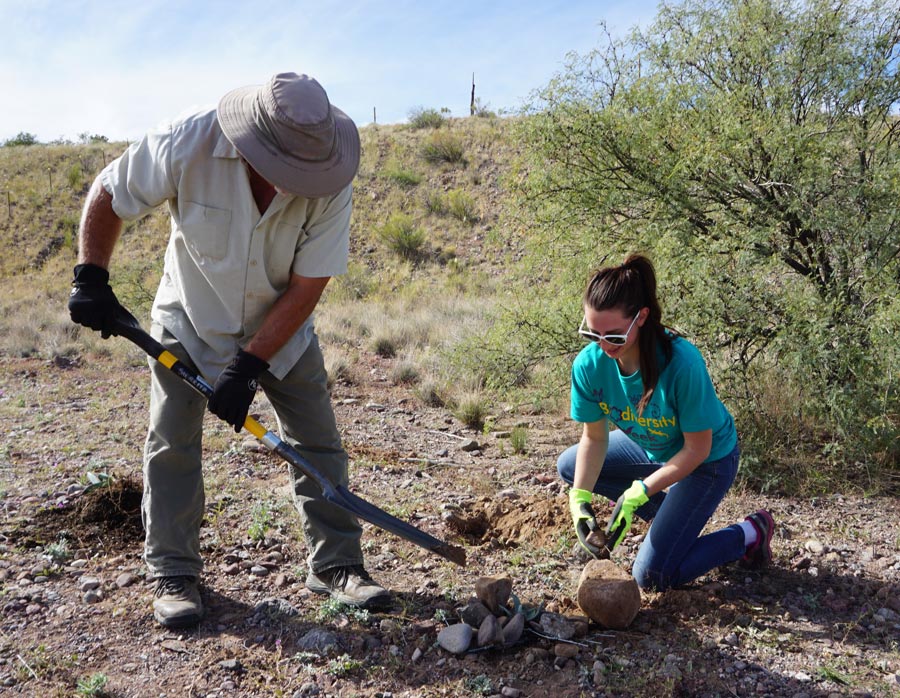Mission 2
and Restore
Landscapes

Agave Restoration Program Manager
Photo by Dan Taylor.

Director, Habitat Protection & Restoration

Surveyed
Abandoned
Mines
Surveying abandoned mines & searching for active roosts
In the steep scrub-dotted mountains south of Santa Fe, New Mexico, Bat Conservation International (BCI) surveys one of the oldest known mining districts in North America, searching for signs of active bat roosts. The area, mined in 900 A.D. by Ancestral Puebloans for its rich turquoise deposits, supported a thriving mining industry of gold, silver, turquoise, and other minerals for ten centuries. BCI’s team of cave and mine specialists survey the historic mining district to document which mines have become home to bats and other wildlife.
In 2021, federal land management agencies partnered with BCI to conduct exacting field surveys to help inform decision-making on closing and cleaning up abandoned mines that pose safety hazards. BCI’s work facilitated the protection of over 150 abandoned mines that sustain active bat roosts.

Photo by Josh Hydeman.
2021: International Year of Caves and Karst
Assuring resilient watersheds
BCI’s partnerships with federal land agencies continue to grow, helping them manage water restoration projects that benefit bats and flora/fauna. In New Mexico’s Gila National Forest, BCI is engaged in a multi-year project to restore essential foraging and drinking habitat for 24 bat species in the Big Burro Mountains. In Arizona’s Patagonia and Santa Rita mountains — the most bat biodiverse region in the U.S. — BCI is partnering to restore water resources for bats and other wildlife.
In 2021, BCI set up five water restoration projects in Arizona and New Mexico with the Bureau of Land Management, the U.S. Forest Service, and Arizona Game and Fish.

Our work on federal lands
Restoring agave corridors saves nectar-feeding bats

We can’t save bats without saving their source of food
Without agave, nectar-dependent bat populations cannot be sustained. And without bats pollinating the agaves, the plants are eventually lost.
Agave
to support bats
and community livelihoods
Hectares
of Critical Landscape
Restoring agave corridors through binational cooperation
- Expanded the Agave Restoration Initiative to encompass six states in the U.S. and Mexico.
- Worked with 79 rural Mexican community members on sustainable and regenerative agricultural techniques.
- Trained 15 schoolteachers to serve as “environmental champions” in their communities.
- Restored nearly 280 hectares of critical landscape for bat foraging and sustainable agriculture, and ranching in northeast Mexico.
- Renovated one community nursery and partnered with one additional nursery to grow agave plants for future restoration.

Photo by Dan Taylor.

